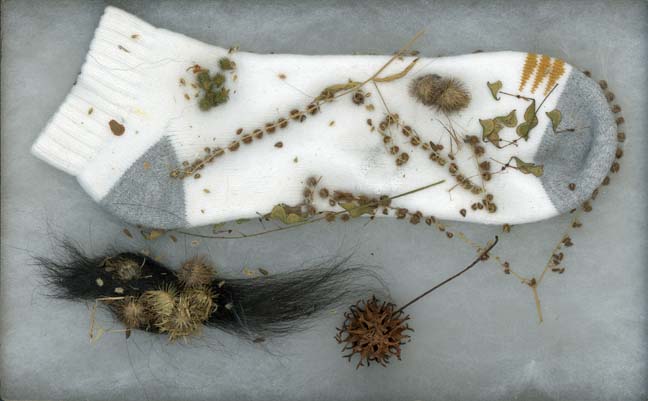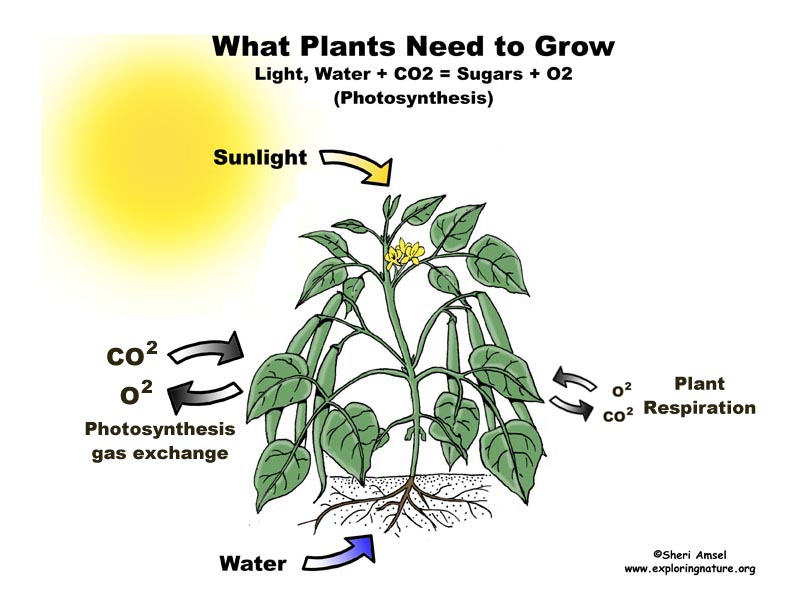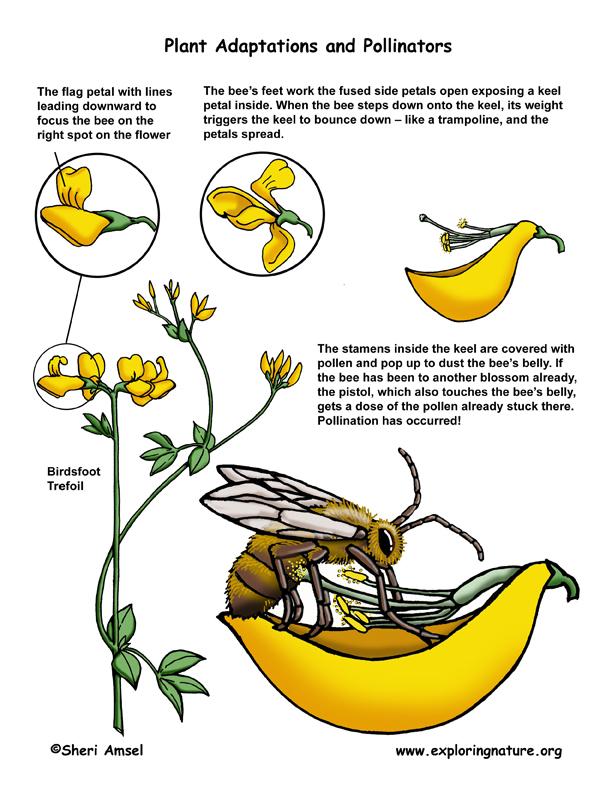


_________________________________________________________________________________________________________________________________________________________
Disciplinary Core Ideas
LS2.A: Interdependent Relationships in Ecosystems
• Plants depend on water and light to grow. (2-LS2-1)
• Plants depend on animals for pollination or to move their seeds around. (2-LS2-2
ETS1.B: Developing Possible Solutions
• Designs can be conveyed through sketches, drawings, or physical models. These representations are useful in communicating ideas for a problem’s solutions to other people. (secondary to 2-LS2-2)
_________________________________________________________________________________________________________________________________________________________
Use the Template and Resource Links to Fulfill NGSS
l. Goals:
Essential Questions:
ll. Introductory Activities to Assess Prior Knowledge
A. Simple Activities - that assess students’ understanding of what plants need to grow, pollinate and spread their seeds.
Label the Parts of the Plant
Spreading the Seeds - Mini-Poster
Spreading Seeds - Matching
Seed Dispersal - An Investigation
Pollination or Seed Spreading - Matching
What Plants Need - Matching (Color)
Name the Parts of a Plant - Cut and Paste
What Plants Need - Read Aloud (K-2)
What Plants Need - Read Aloud Vocabulary Cut and Paste
What Plants Need Coloring Page
What Plants Need - Poster
B. Brainstorming Session
Question: How do animals help plants spread their seeds?
1. Break students down into groups of 3-4.
2. Ask students to generate a list of ways that animals help plants spread their seeds.
3. Discuss
C. Critical Thinking - Discuss the Seed dispersal comic (below) and what is ironic about it.
Seed Dispersal Adaptation Comic
lll. New Knowledge - Text
A. Read about animals that live in groups and consider how this helps them.
Photosynthesis Simplified (Elementary Levels)
Plant Adaptations for Pollination & Seed Dispersal
B. Examples of Models (depicts the concept expressed in the reading):
Ask students to look at the models and explain how each illustrates the concepts they've read about.
lV. Experiments, Activities, Model-making (Critical Thinking)
Inquiry related to social interactions and group behaviors. Choose and Research an animal that lives in a group and then use critical thinking to complete the social interactions and group behavior sheet below about them
Photosynthesis - A Simple Experiment
Learning About Plants - Make a Terrarium
Seed Dispersal Experiment - Field Study
Plants Depending on Animals - An Illustrated Report
What Plants Need to Grow - Investigation
V. Summarize Knowledge - Enduring Understandings
Vl. New Generation of Science Standards (NGSS) - Grade 2
Disciplinary Core Ideas
LS2.A: Interdependent Relationships in Ecosystems
• Plants depend on water and light to grow. (2-LS2-1)
• Plants depend on animals for pollination or to move their seeds around. (2-LS2-2
ETS1.B: Developing Possible Solutions
• Designs can be conveyed through sketches, drawings, or physical models. These representations are useful in communicating ideas for a problem’s solutions to other people. (secondary to 2-LS2-2)
Science and Engineering Practices (NGSS)
Developing and Using Models
Modeling in K–2 builds on prior experiences and progresses to include using and developing models (i.e., diagram, drawing, physical replica, diorama, dramatization, or storyboard) that represent concrete events or design solutions.
• Develop a simple model based on evidence to represent a proposed object or tool. (2-LS2-2)
Planning and Carrying Out Investigations
Planning and carrying out investigations to answer questions or test solutions to problems in K–2 builds on prior experiences and progresses to simple investigations, based on fair tests, which provide data to support explanations or design solutions.
• Plan and conduct an investigation collaboratively to produce data to serve as the basis for evidence to answer a question. (2-LS2-1)
Crosscutting Concepts (NGSS)
Cause and Effect
• Events have causes that generate observable patterns. (2-LS2-1)
Structure and Function
• The shape and stability of structures of natural and designed objects are related to their function(s). (2-LS2-2)
Performance Expectations
Students who demonstrate understanding can:
2-LS2-1. Plan and conduct an investigation to determine if plants need sunlight and water to grow. [Assessment Boundary: Assessment is limited to testing one variable at a time.]
2-LS2-2. Develop a simple model that mimics the function of an animal in dispersing seeds or pollinating plants.*
Common Core State Standards Connections
ELA/Literacy
W.2.7 Participate in shared research and writing projects (e.g., read a number of books on a single topic to produce a report; record science observations).
(2-LS2-1)
W.2.8 Recall information from experiences or gather information from provided sources to answer a question. (2-LS2-1)
SL.2.5 Create audio recordings of stories or poems; add drawings or other visual displays to stories or recounts of experiences when appropriate to clarify ideas, thoughts, and feelings. (2-LS2-2)
Mathematics
MP.2 Reason abstractly and quantitatively. (2-LS2-1)
MP.4 Model with mathematics. (2-LS2-1),(2-LS2-2)
MP.5 Use appropriate tools strategically. (2-LS2-1)
2.MD.D.10 Draw a picture graph and a bar graph (with single-unit scale) to represent a data set with up to four categories. Solve simple put-together, take-apart, and compare problems using information presented in a bar graph. (2-LS2-2)
When you research information you must cite the reference. Citing for websites is different from citing from books, magazines and periodicals. The style of citing shown here is from the MLA Style Citations (Modern Language Association).
When citing a WEBSITE the general format is as follows.
Author Last Name, First Name(s). "Title: Subtitle of Part of Web Page, if appropriate." Title: Subtitle: Section of Page if appropriate. Sponsoring/Publishing Agency, If Given. Additional significant descriptive information. Date of Electronic Publication or other Date, such as Last Updated. Day Month Year of access < URL >.
Amsel, Sheri. "Grade 2 - 2-LS2 Ecosystems: Interactions, Energy, and Dynamics" Exploring Nature Educational Resource ©2005-2024. December 14, 2024
< http://www.exploringnature.org/db/view/Grade-2-2-LS2-Ecosystems-Interactions-Energy-and-Dynamics >


